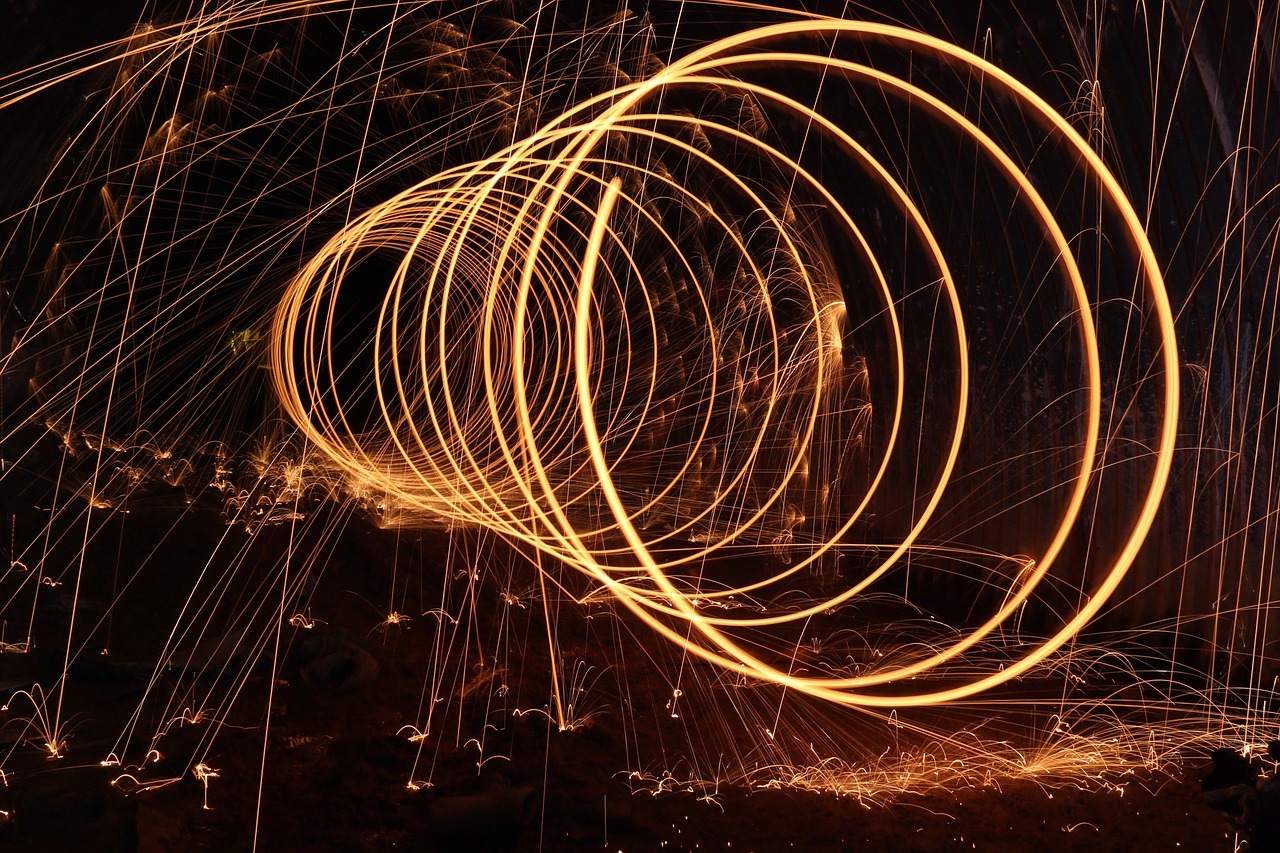Introduction:
In a world saturated with sights, sounds, and sensations, few things hold the power to evoke emotions and memories quite like the art of perfumery. Perfumes and fragrances have an uncanny ability to transport us to distant places, awaken dormant emotions, and even define our identity. From ancient civilizations to modern-day luxury brands, the history and significance of perfumes are as rich and diverse as the scents themselves.
The Essence of Perfumes:
Perfumes are more than just pleasant scents; they are olfactory narratives that have been crafted over centuries. Derived from the Latin word “per fumum,” meaning “through smoke,” perfumes have been integral to human culture for thousands of years. Their purpose spans far beyond masking unpleasant odors; they are an art form that reflects our desires, traditions, and aspirations.
The Fragrant Journey Through Time:
The origins of perfumery can be traced back to ancient civilizations like Egypt, Mesopotamia, and India. These cultures extracted aromatic compounds from natural sources like flowers, herbs, spices, and resins to create fragrances for religious rituals, beauty rituals, and social status. The captivating fragrances were considered a bridge between the earthly and the divine.
The Middle Ages brought a shift in perfumery, as the knowledge was spread through trade routes and diverse cultural exchanges. Perfumes became a symbol of luxury and refinement among European nobility during the Renaissance. With advancements in distillation techniques, the art of perfumery evolved, giving rise to a myriad of new scents.
The Modern Perfumery:
The 19th century marked a turning point with the emergence of synthetic compounds, allowing perfumers to create a broader spectrum of fragrances. Perfume houses like Chanel, Guerlain, and Dior revolutionized the industry, crafting iconic scents that still resonate today. Perfumes were no longer limited to the elite, becoming accessible to a wider audience.
Components of a Perfume:
Perfumes are composed of layers, referred to as “notes,” which unfold over time as the fragrance interacts with the wearer’s skin and environment. The top notes are the initial, fleeting scents that greet your senses, followed by the heart notes, which form the core of the fragrance. Finally, the base notes emerge, providing depth and longevity to the perfume.
Choosing the Right Fragrance:
Selecting a perfume is a personal and sensory experience. It’s essential to consider factors such as body chemistry, occasion, and personal preferences. Fragrances can be categorized into families like floral, citrus, oriental, woody, and fresh, each encompassing a unique blend of scents. Test a perfume on your skin before making a decision, as it can evolve differently on each person.
The Language of Scents:
Perfumes have the power to communicate emotions and memories without the need for words. A comforting scent can offer solace, while a vibrant one can ignite passion. Fragrances also play a role in shaping our identity and leaving a lasting impression on those around us. Whether you opt for a signature scent or switch between different fragrances, each one becomes a part of your personal story.
Conclusion: Perfumes and fragrances stand as a testament to the intricate relationship between scent, memory, and emotion. From ancient rituals to modern-day expressions of individuality, they continue to weave a fragrant tapestry that transcends time and space. As you embark on your olfactory journey, remember that the world of perfumery offers not just scents, but a captivating exploration of our senses and the boundless possibilities of human creativity.




